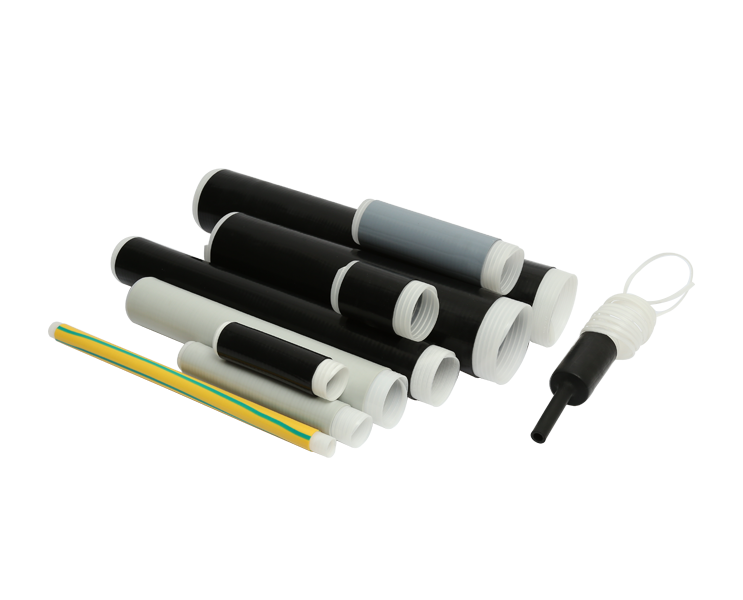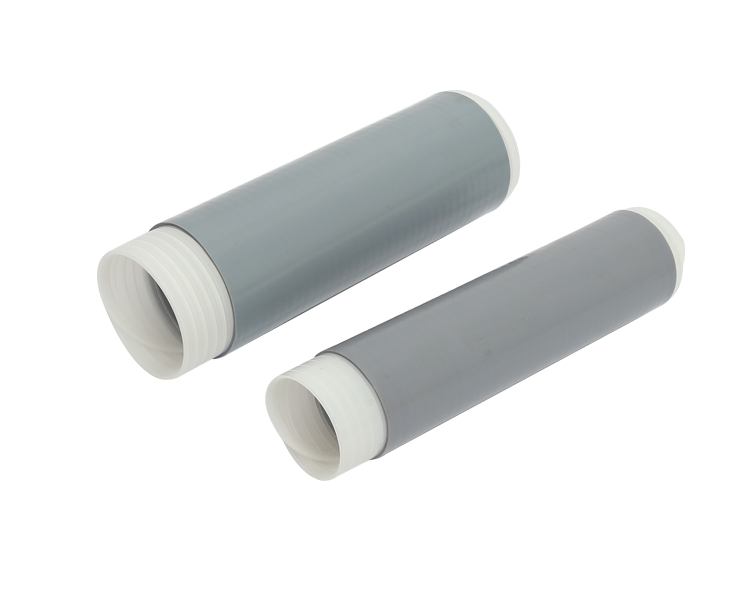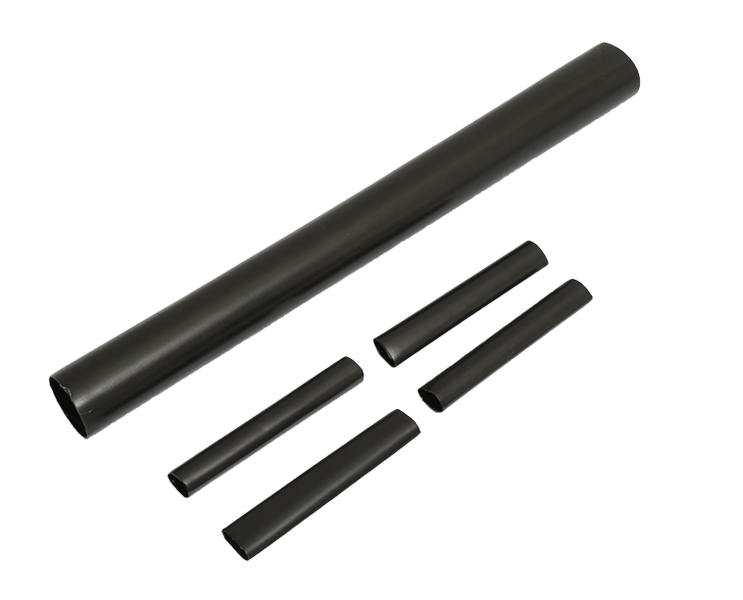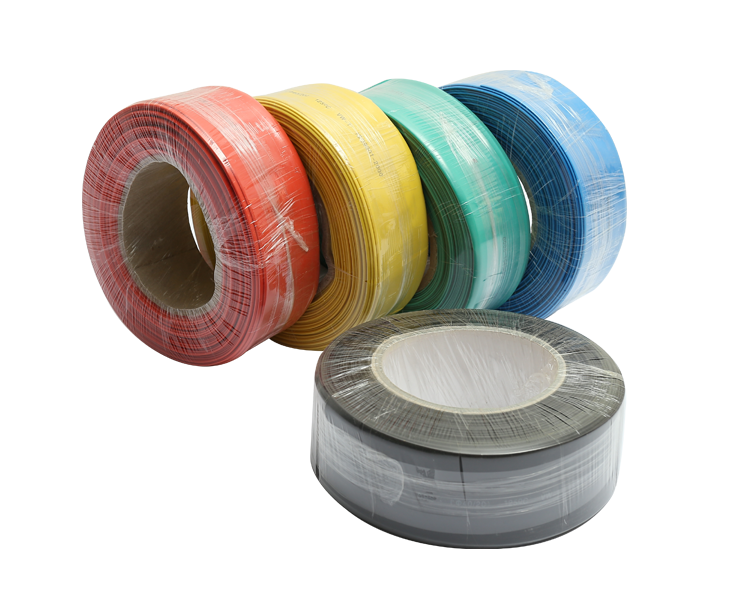Introduction: In today's fast-paced world, reliable and efficient electrical connections are paramount. One such technology that has revolutionized electrical systems is the separable connector. This article aims to delve into the features and applications of separable connectors, highlighting their ability to enhance efficiency, safety, and versatility in a wide range of industries and applications.
Understanding Separable Connectors: Definition and Components: A separable connector, also known as a separable interface or plug-in connector, is a device used to connect and disconnect high-voltage electrical equipment without the need for tools, thus eliminating the risks associated with traditional hardwired connections. It consists of two main components: a male component (plug) and a female component (receptacle). These components feature complementary conductive elements, insulation materials, and sealing mechanisms for secure connections. Essential Features: Quick and Safe Disconnection: Separable connectors enable safe and efficient disconnection of electrical equipment, minimizing the risk of accidental contact and ensuring rapid response during emergencies or maintenance activities.
Plug-and-Play Installation: The plug-and-play nature of separable connectors simplifies installation processes, reducing downtime and labor costs associated with traditional bolted connections. Sealing Mechanisms: Advanced sealing technologies in separable connectors provide protection against moisture, dust, and other environmental factors, ensuring reliable performance in harsh operating conditions. Modular Design: Separable connectors often have a modular design, allowing users to customize connections based on specific requirements. This flexibility enhances adaptability and simplifies system expansions or modifications.
Applications of Separable Connectors: Power Generation and Distribution: Renewable Energy Sector: Separable connectors play a crucial role in connecting wind turbines, solar power systems, and other renewable energy sources to the grid. Their quick disconnection and reconnection abilities facilitate efficient maintenance and service operations. Electric Power Distribution: Separable connectors are used in power substations, switchyards, and distribution transformers to establish reliable and safe connections. They enable the rapid installation and replacement of equipment, reducing downtime and enhancing overall system efficiency. Industrial Applications: Mining and Oil & Gas: Separable connectors find applications in hazardous environments like mining and oil refineries, where quick disconnection and reconnection of equipment is essential for safety and operational efficiency. Manufacturing Sector: In manufacturing plants, separable connectors simplify the installation and maintenance of electrical equipment, optimizing processes and minimizing production downtime.
Data Centers: With the increasing demand for data storage and processing, separable connectors enable efficient and scalable electrical connections in data centers, facilitating easy equipment replacement and system expansions. Transportation: Electric Vehicles (EVs): Separable connectors are employed in EV charging stations, allowing seamless connections between charging infrastructure and vehicles. They ensure safe and reliable power transfer while facilitating quick charging times. Railway Systems: Separable connectors enable the rapid installation and maintenance of electrical equipment in railway systems, contributing to the overall efficiency and reliability of train operations.
Conclusion: Separable connectors have become an integral part of modern electrical systems, enabling quick, safe, and efficient connections. Whether in power generation, manufacturing, transportation, or other industries, their unique features make them indispensable for enhancing efficiency, flexibility, and safety. As technology continues to evolve, separable connectors will undoubtedly play a vital role in meeting the demand for reliable and adaptable electrical connections.

 English
English 简体中文
简体中文



